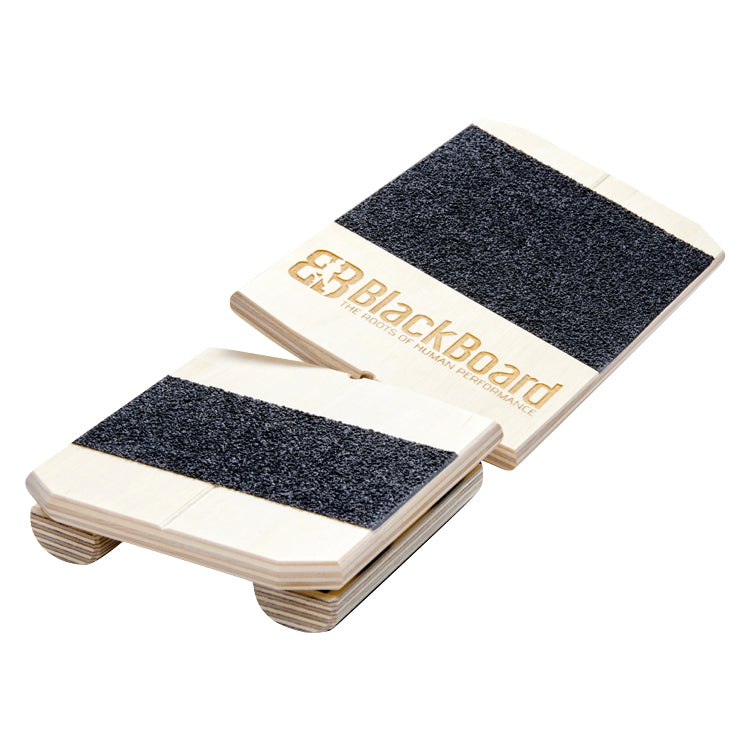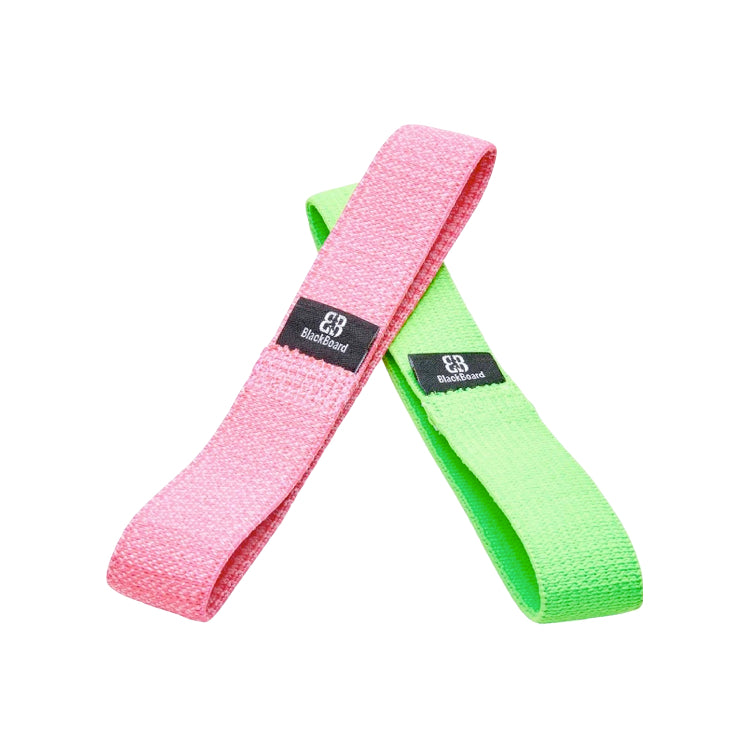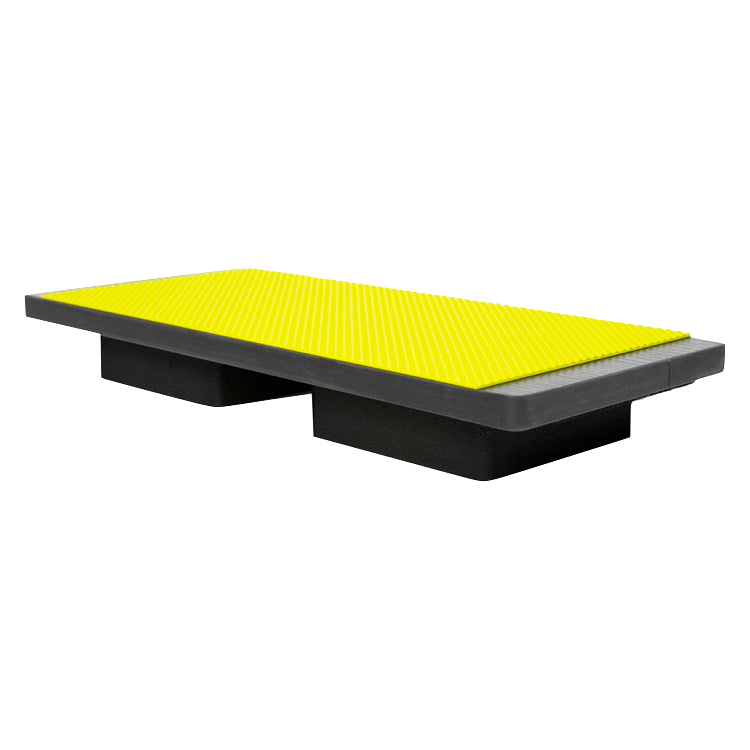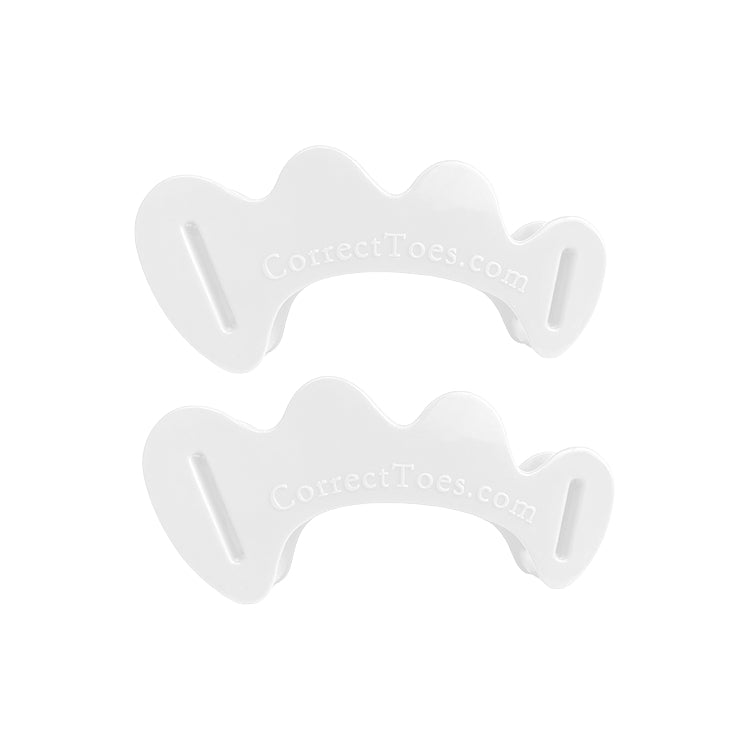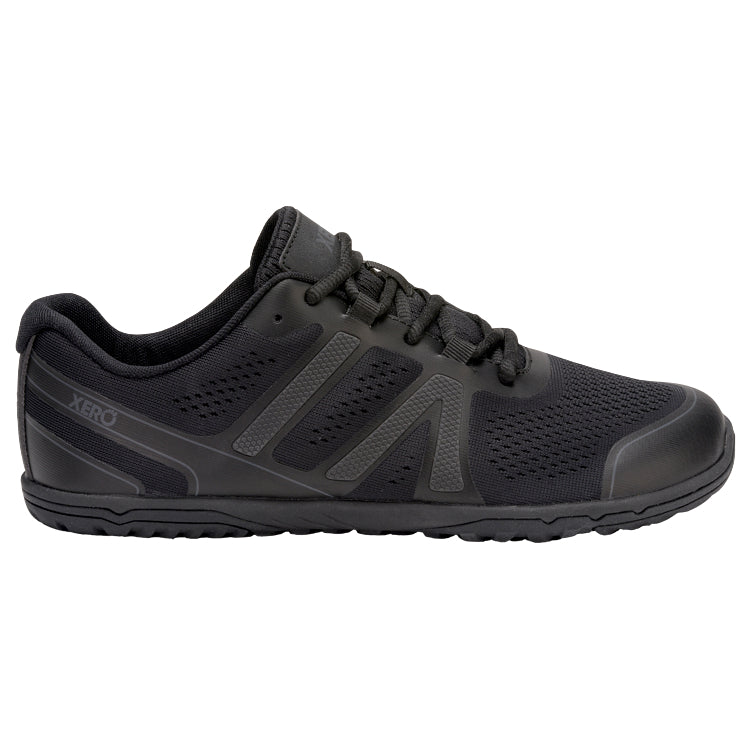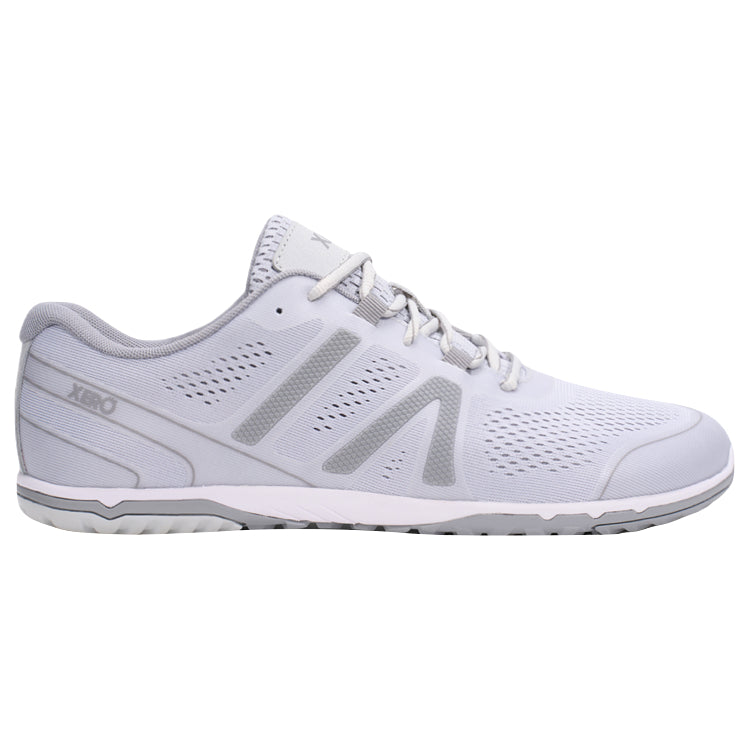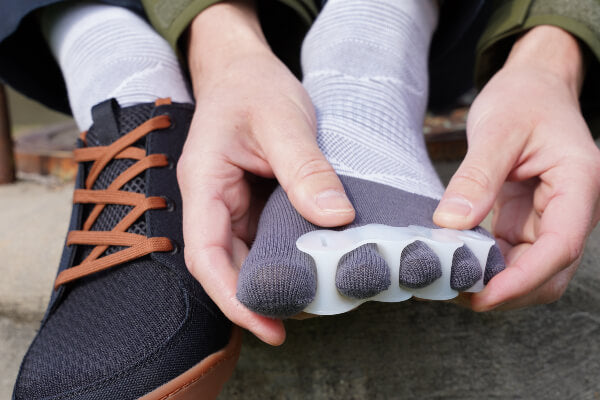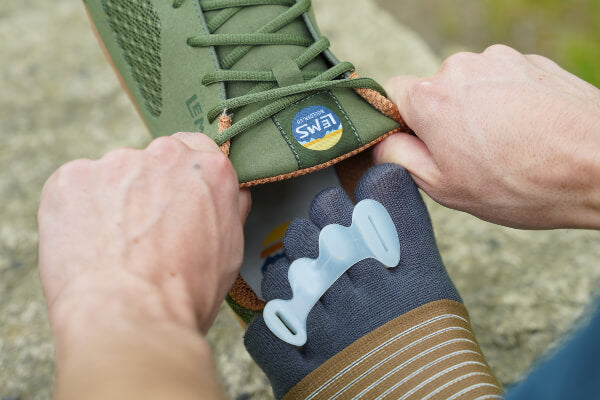
Arch function plays a critical role in cross-country skiing performance, and understanding how to optimize it can have a profound impact on both your efficiency and long-term foot health. The arch is not just a static structure—it’s a dynamic, spring-like system designed to absorb impact, store energy, and facilitate powerful movement. In Nordic skiing, where propulsion and glide efficiency are paramount, a well-functioning arch helps you generate and transfer force effectively, providing stability and responsiveness with each stride. However, many conventional ski boots, with their rigid construction and constrictive design, can limit the natural movement of your foot, potentially weakening your arch over time and leading to compensatory movement patterns that increase injury risk.
When it comes to “supportive” insoles, it’s important to consider their effect on your foot’s natural ability to adapt and function. While insoles can sometimes provide temporary relief from pain or discomfort, they often do so by artificially propping up your arch rather than allowing it to strengthen and function independently. Over time, reliance on external support can contribute to weaker intrinsic foot muscles, reduced arch resilience, and a diminished ability to handle the stresses of ski racing. Instead of masking the problem with artificial support, a better long-term approach is to work on restoring natural foot strength and mobility so your arch can do what it was designed to do: Support you dynamically through each phase of your skiing movement, whether it be freestyle or classic.
One way to encourage optimal arch function is by focusing on foot-strengthening exercises that activate the small stabilizing muscles within your foot. Toe splaying and single-leg balance drills can all help improve the strength and coordination of your arch, and you can use tools such as BlackBoard ToeBands for the former and the BlackBoard Basic or Naboso Kinesis Board for the latter to increase the degree of difficulty or challenge. Additionally, spending time in men's or women's healthy-foot-shaped minimalist footwear when off the skis allows your feet to move, flex, and adapt more naturally, counteracting the restrictive effects of ski boots. Using toe spacers between races or during dryland training sessions is also essential for realigning your toes and promoting a healthier foot structure, which ultimately supports a more functional arch.
That said, transitioning away from supportive insoles should be done gradually and with attention to your body’s feedback. If you’ve been using them for a while, your feet may need time to rebuild strength and resilience. You might consider incorporating a more minimal insole or one that simply provides a thin, non-restrictive layer while allowing your foot to maintain its natural shape and function. Additionally, focusing on overall foot and lower-leg mobility can help ensure that your arch is buttressed by strong, adaptable tissues rather than rigid, artificial structures. In the end, your best skiing performance will come from feet that are strong, responsive, and able to move naturally. Prioritizing arch function as part of your training and recovery routine can help you generate more power, improve endurance, and reduce injury risk. By making small but intentional adjustments to how you care for and train your feet, you can cultivate a more sustainable and high-performing foundation for your skiing career and cruise the trails at your competitive best.

WANT TO IMPROVE YOUR FOOT HEALTH?
Let the team at Natural Footgear help you! Subscribe to our newsletter for the latest offers and helpful info, and sign up for our FREE email courses on various topics and foot health conditions.
Sign Up →
Want to Improve Your Foot Health?
We are here to help you every step of the way. Get our newsletter for the latest offers and helpful info, and sign up for our FREE email courses on various topics and conditions, including bunions, hammertoes, neuromas, plantar fasciosis, shin splints, ingrown toenails, and more.
Sign Up →
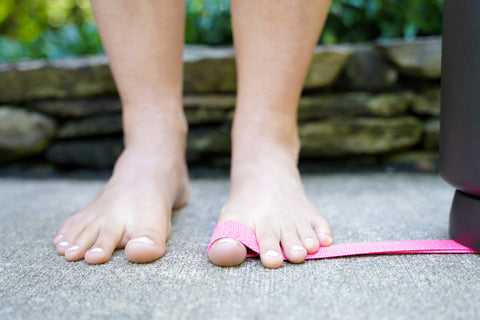 The big toe plays a far more significant role in athletic performance than most people realize. Often overlooked in conventional training programs, this powerful digit is crucial for balance, propulsion, and overall movement efficiency. Whether sprinting, cutting, jumping, or stabilizing, a strong and mobile big toe provides the foundation for optimal biomechanics. Unfortunately, restrictive footwear and poor movement habits often limit big toe function, leading to diminished athletic potential and...
Read more
The big toe plays a far more significant role in athletic performance than most people realize. Often overlooked in conventional training programs, this powerful digit is crucial for balance, propulsion, and overall movement efficiency. Whether sprinting, cutting, jumping, or stabilizing, a strong and mobile big toe provides the foundation for optimal biomechanics. Unfortunately, restrictive footwear and poor movement habits often limit big toe function, leading to diminished athletic potential and...
Read more



